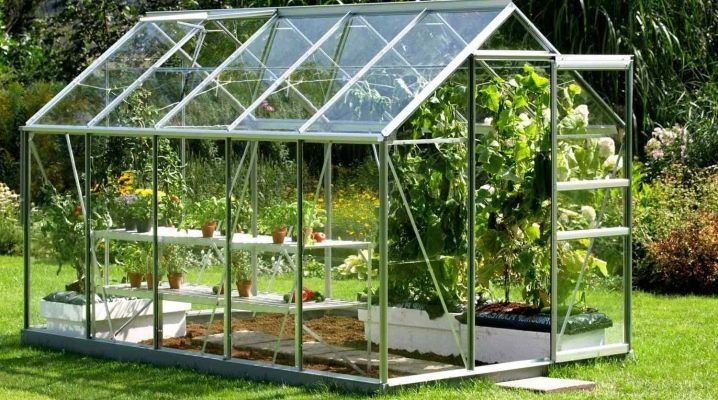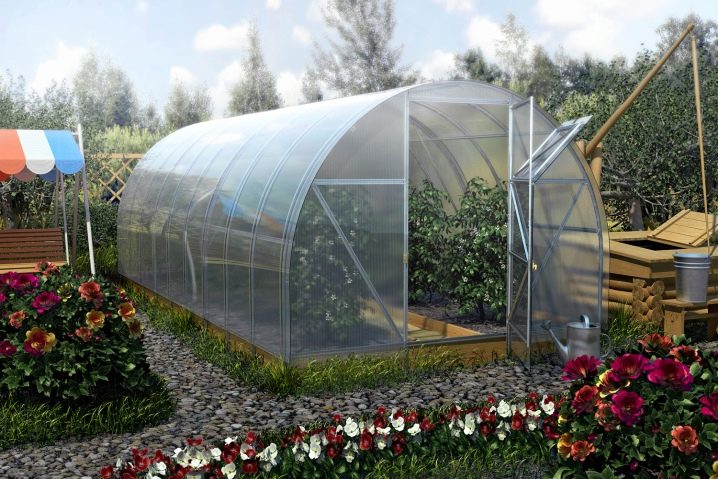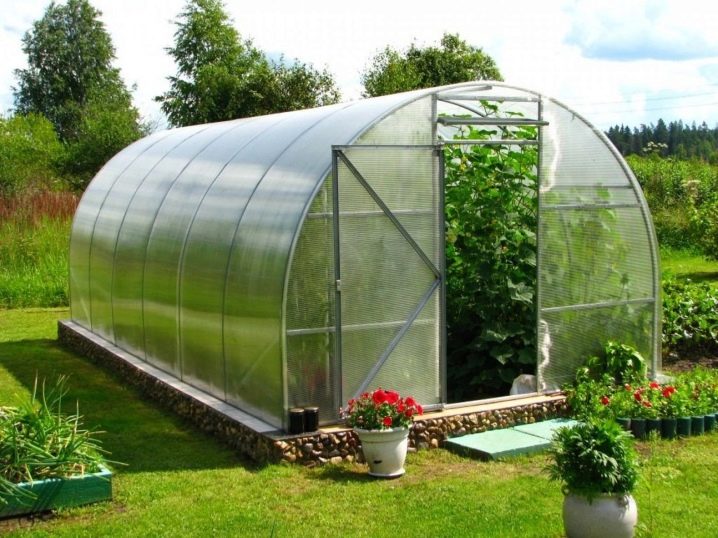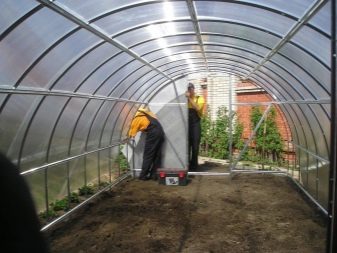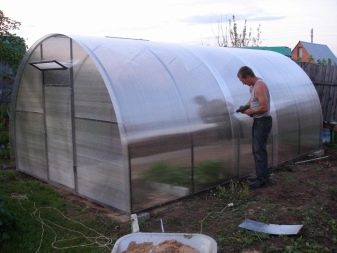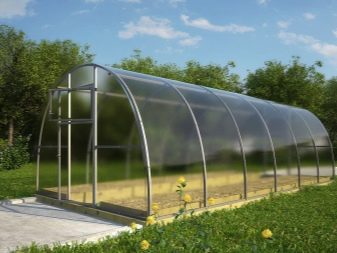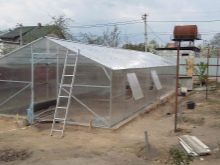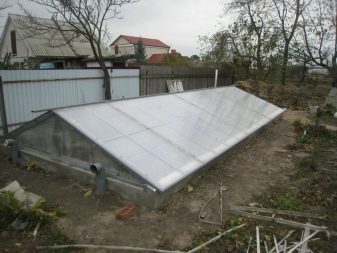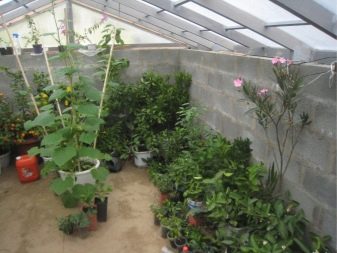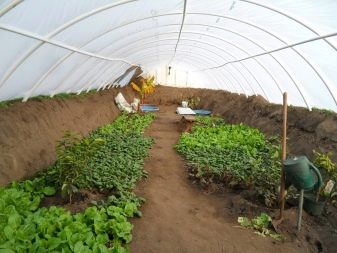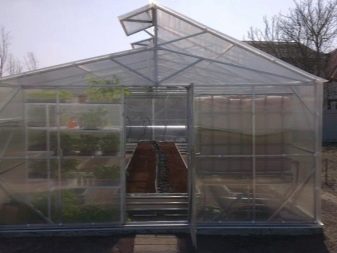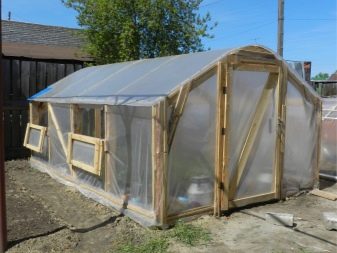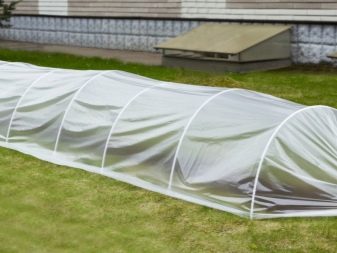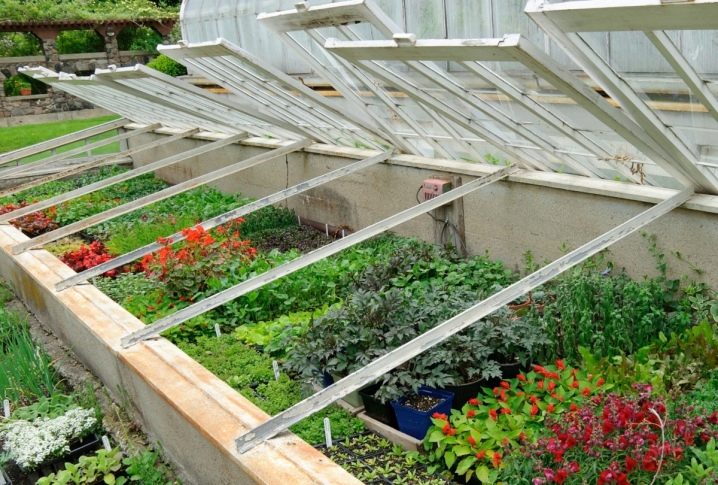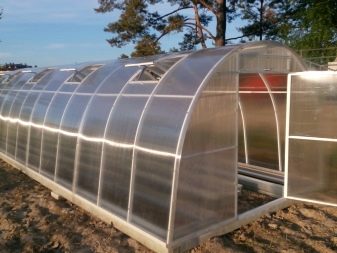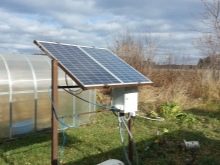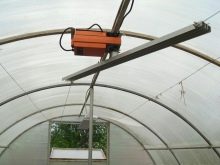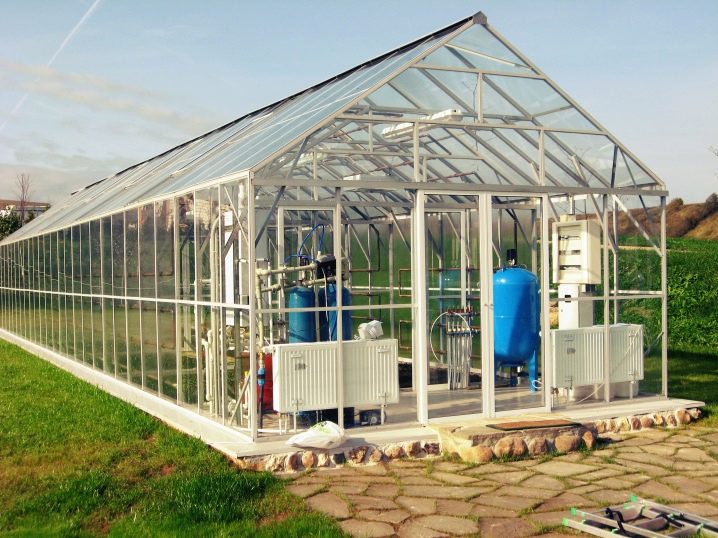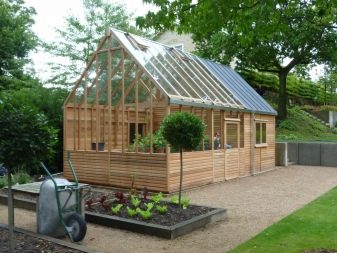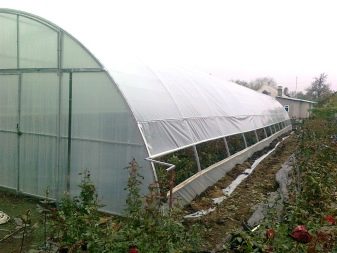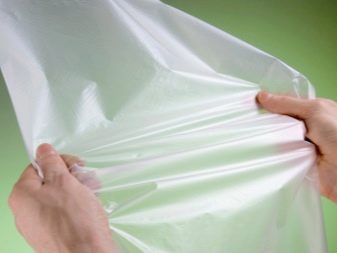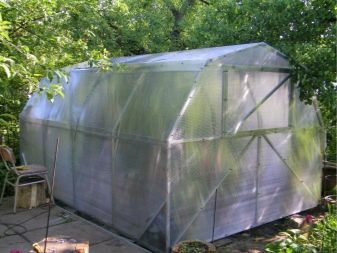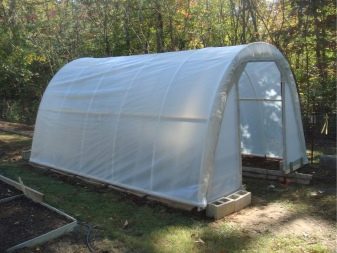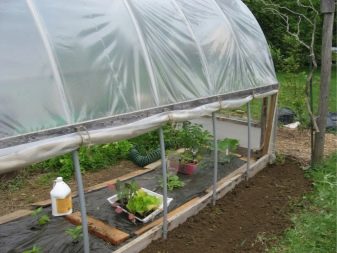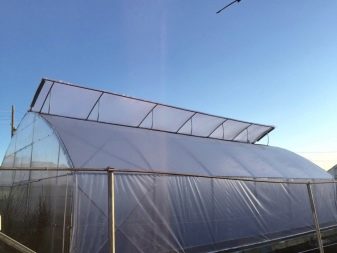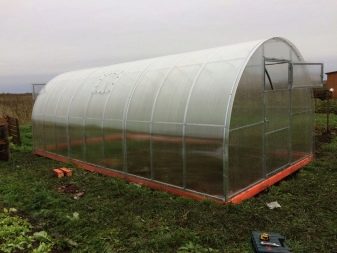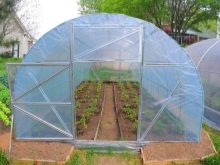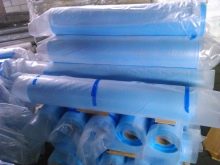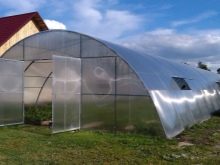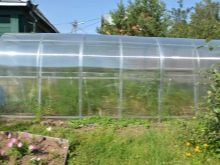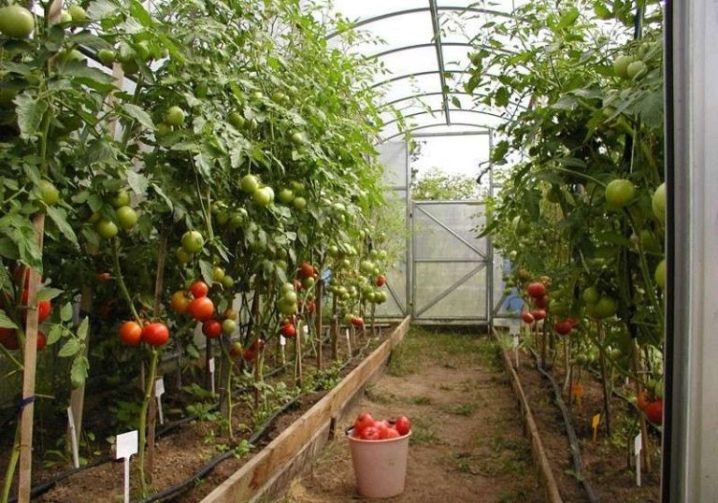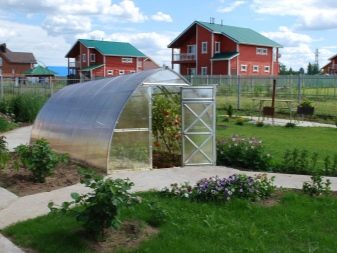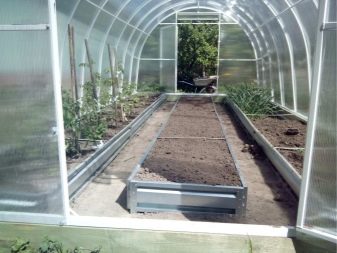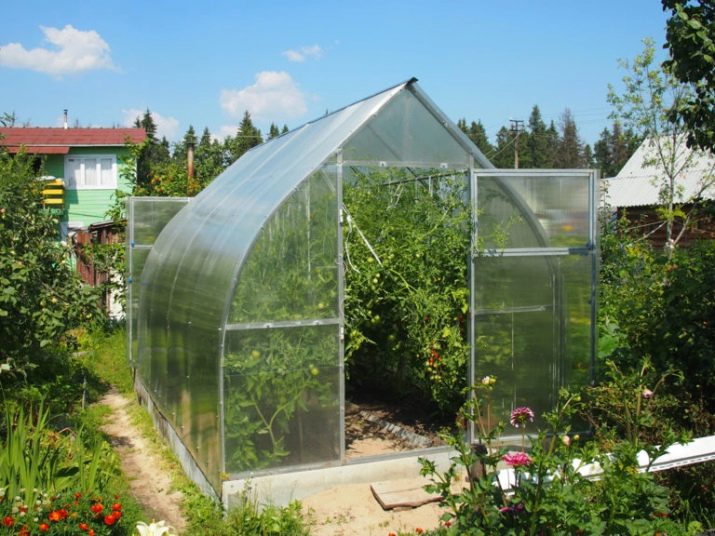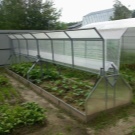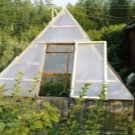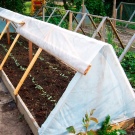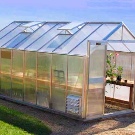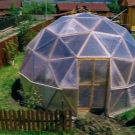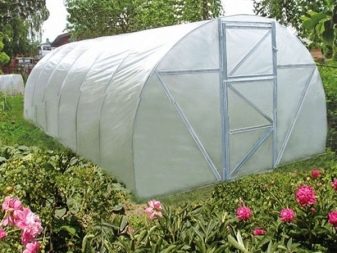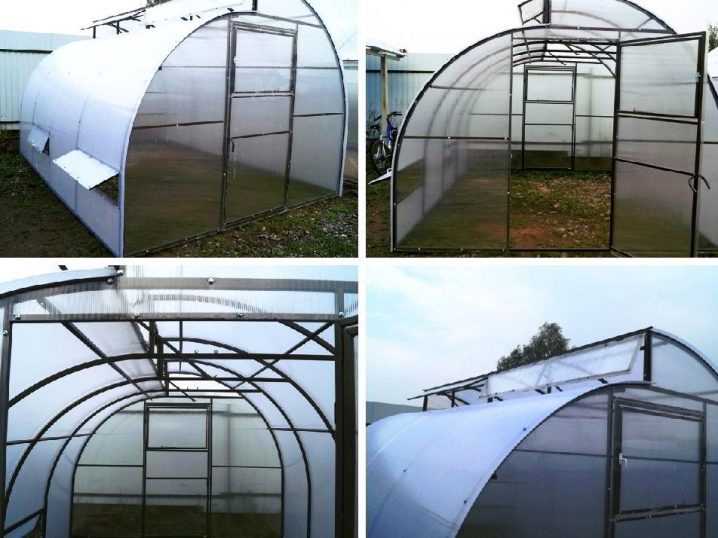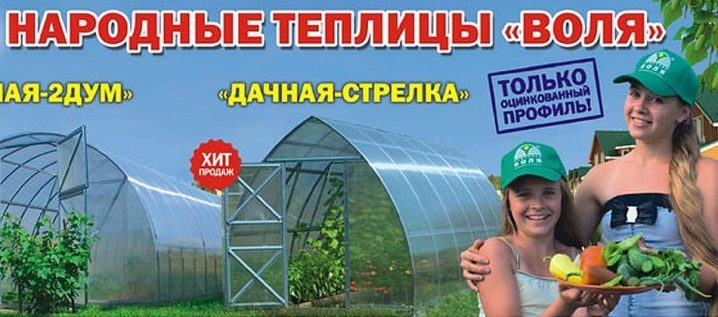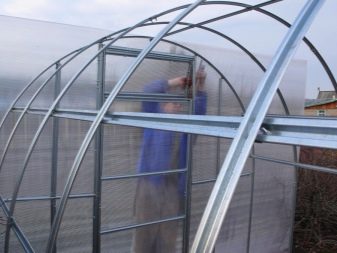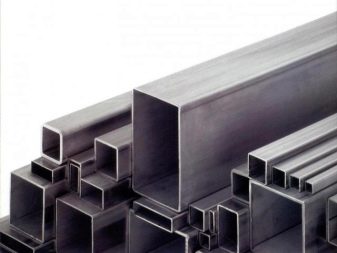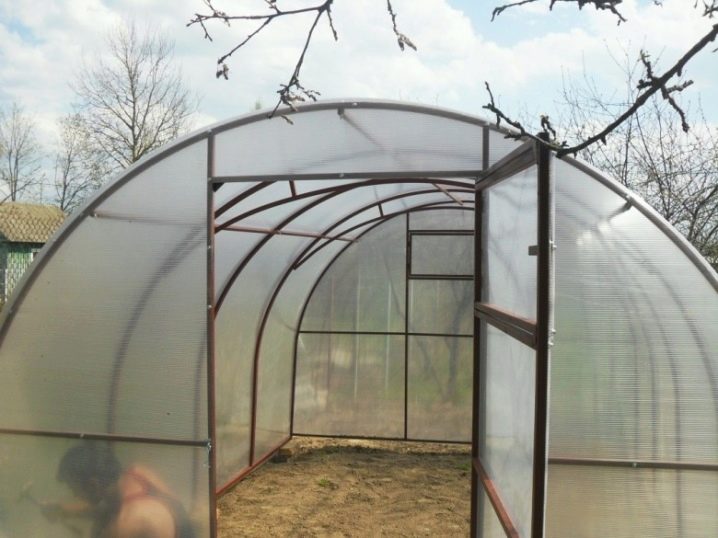Greenhouses and greenhouses to give: features of choice
Growing cultivated plants makes people provide the necessary conditions for them. It is not always possible to do this in the open field. But in order for a greenhouse and a greenhouse to really save vegetables and flowers from adverse weather effects, it is necessary to choose them correctly.
Kinds
Greenhouses and greenhouses are not synonymous. A real greenhouse is more expensive than a greenhouse; building it is much harder and more expensive. We will have to choose the materials as thoroughly as possible, since the life of the structure depends on the decision made. And greenhouses are almost always temporary in nature; it will not be possible to operate them during the winter months, since heating cannot be arranged.
Speaking about the properties of structures, it is necessary to note several factors:
- The greenhouse is mounted on a strictly defined place. Greenhouse can be moved every year to a particular point.
- A greenhouse is larger than a simple greenhouse and has a different basis. Its frame should be strong and solid (pre-prepared foundation).
- The upper part of the greenhouse to give should be made as reliable and high-quality as possible, because it is assumed long-term work.
- The construction of the greenhouse is invariably more expensive than the equipment of the greenhouse.
Equipping a summer cottage with a greenhouse, one cannot ignore the peculiarities of its specific species.
Graduation is carried out both on the frame and on covering materials. The frame device may be:
- with vertically directed walls;
- with sloping walls;
- with one ramp;
- in the form of an arch;
- with two ramps;
- with mansard roof type.
As for the coating, there are only three possible substances - glass, polycarbonate and plastic film. Greenhouses are basically represented by shallow pits that are filled with soil or an artificial mixture of earth, and the top is covered with a frame.
The most economical type of greenhouse is buried construction.
But such a structure does not work to put on loam or clay just like that. Be sure to take care of drainage and drainage as it should.
Scandinavian type of buried greenhouses is formed from simple plastic boxes (those that store bottles of food liquids). An ordinary arched greenhouse helps to save money. The only problem is one of quick wear of polyethylene film. Therefore, it is advisable to use the most affordable grades of material. Shed Construction needed mainly for the cultivation of root crops. They are made with three walls running along the outside of the garden bed. Improved versions are equipped with stationary walls and glazed frames (as an option, you can stretch the film in them).
Gable construction - it is a pair of frames overlaid with a film or glazed structures connected by means of sheds. Depending on the decisions of the customer, the sidewalls are fixed or covered with a triangle-shaped film. Improvement of thermal insulation is achieved by overlapping joints with polyethylene strips. If convenience comes first, choose portable greenhouses.The only problem with them may be excessive storage space.
Specifications
To cover greenhouses and greenhouses, you can choose any material that seems convenient. Polycarbonate buildings are filled from the inside with diffused light, keep the air temperature well and are very durable. More light passes through the glass, but it is heavy and fragile. Portable (modular) modifications of greenhouses are most practical to equip with plastic wrap, it allows you to radically simplify the work. Regardless of the construction material, solutions with self-opening vents are of great benefit.
The fact is that the weather can be not only bad, but also changing.
Sudden temperature fluctuations can slow down the growth of plants or even completely destroy them.
Both cold and heat can have this effect. Thanks to modern technology, you can not track all changes on your own. Automatic opening of the vents is provided by both mechanical and electrical devices.
For electrical devices are characteristic:
- excellent response to temperature changes;
- the ability to set the timer mode;
- attachment to sources of electrical energy.
The latter circumstance is extremely important. In many cases, the sudden stop of the machine can destroy the entire crop. That is why it is desirable to have an additional energy block, and not just the main one. As for the mechanical vents, they can be made in horizontal or vertical design, and it would be better to call them thermomechanical. Bimetallic complexes work due to unequal expansion of metals when the temperature changes.
Mechanics have both advantages and disadvantages:
- non-volatility;
- elimination of excess odors;
- the ability to ventilate a large greenhouse with two air vents;
- complexity of setting;
- high price;
- slow response to changing conditions.
Materials
The construction of greenhouses and greenhouses from the film has its own characteristics. Boards, metal fittings, PVC pipes can be used as a frame. The connection is achieved by steel corners, screws. It is very important to consider that the film materials in the construction of greenhouses and greenhouses are far from uniform. Traditional polyethylene material roll type can have a width of from 120 to 300 cm.
Experts recommend to buy a film no thicker than 100-150 microns.
A thicker one is able to work more time, but it will be impossible to use it for the next year. For small greenhouses such a solution can be considered the best. Armored options - essentially the same polyethylene, only more dense and durable, having a cellular frame. To grow vegetables in closed ground, you need to choose products with a density of 0.12 - 0.2 kg per 1 square. m
Fiberglass It is used extremely rarely, where, according to the operating experience, specially processed polyethylene and polypropylene turned out to be more practical. A more expensive, but also more efficient, subspecies is the “breathing” covering material, which has a special hole in the middle. PVC is preferred in places where the most intense illumination is required. It blocks well the flow of harmful parts of the spectrum. But one can not ignore the fact that this material is expensive and does not tolerate severe frosts (but without them it lasts 5 years).
By adding special additives, the covering film acquires various characteristics.
Some components prevent the destructive activity of light, others prevent the formation of drip condensate.There are also substances that block excess heat, dust accumulation. Phosphors play a special role, some of which absorb ultraviolet rays, while others reflect infrared radiation. In order to have several functions at once, the film is made multi-layered.
In addition to polyethylene, ethylene-vinyl acetate copolymers are rarely used, which:
- serve over 7 years;
- carry cold to -80 degrees;
- pass 92% of the light;
- perfectly tolerate rupture and abrasion;
- can survive gusts of wind up to 18 m / s.
The disadvantage is only one - a significant cost. Polyamide film is very good in optical terms, it stably holds heat, but once it gets wet, the coating will swell and stretch. More than two seasons, this film will not last. The three-layer air-bubble matter has polyethylene outside, and a bubble layer is created in its core. Recognize the exact characteristics of the material helps its color.
So, as a covering film is best to use a black variety. The blue and blue material perfectly resists the formation of condensate, but it disintegrates in the soil in 3-4 months.Pink films with three layers let through quite a lot of light and are mechanically durable; they last 5-6 years. Black and white type is intended for the prevention of sunburn.
Dimensions
Regardless of the material used, the size of the greenhouse or greenhouse must also be assessed. If they turn out to be too small or excessively large, the result will be one - serious losses, discomfort and inconvenience. The main rule here is to focus on the size of the area where the structure will be located. Not less significant point - compliance with the needs of the greenhouse owners. Growing a huge harvest for a small family is completely impractical.
Garden plots should not be entirely diverted to a greenhouse or greenhouse.
Always reserve a place for planting plants in the open field. When a structure is selected for commercial purposes (growing plants for sale), the expected value of turnover becomes the main criterion. In any case, it is undesirable to buy or build very small greenhouses, because with enough space, heat accumulates better in the spring and less damage from the heat in the summer.The key parameter is width; all experienced gardeners know that it is harder to care for plants in a narrow space.
The ideal width of the greenhouse is 220-250 cm (for two beds), or 350 cm (when there are three beds inside with a couple of passes between them). If, however, take into account the width of the door, the minimum size is 2.4 m. When it is assumed the use of wheelbarrows or carts, it makes sense to make doors of 90 cm or more. In the variant with a pair of aisles and a rack located in the center, constructions 370–400 cm wide are used. As regards height, it must be such that the plants have enough room for development; length is chosen arbitrarily.
Forms
Consumers can choose a greenhouse of various shapes:
- hemispherical;
- rectangular;
- pyramidal;
- drop-shaped;
- trapezius;
- oval;
- triangular.
The best among builders is considered the shape of the oval, as it greatly simplifies the work. The only problem is that in the absence of strictly vertical walls it is impossible to grow plants directly at the edge of the structure. Products in the shape of the letter A are preferable because they can be covered with relatively rigid covering materials, and not just films.Rigid structures are becoming more popular over the years, but the problem is that only professionals can build them properly. Because the total cost of construction increases markedly.
Tips for choosing
To focus on the characteristics of materials and forms, on the reputation of manufacturers and even customer reviews is really useful. But all this will give a positive result in only one case - when consumers clearly understand what they will grow. Seedlings require some conditions, and leafy greens - others. For tomatoes and cucumbers, a suitable microclimate is diametrically opposed, and keeping them together will not work. And even for each variety, it is necessary to select the optimal mode of cultivation.
For squash need to use both film and polycarbonate greenhouses (greenhouses).
During the winter months, it is possible to exploit only structures installed on a solid foundation. Covering material in this case is glass. According to the majority of summer residents and specialists, the height is not too significant. But equipping the greenhouse with vents is strictly necessary.
Manufacturers
A greenhouse for any kind of crop can be made by hand. But much more reliable and perfect products are designed by trained engineers. Company projects "Lotus" Long ago became popular among summer residents and gardeners. A striking example of the products of their competitors - the model "Will Premium". The size of the construction is 89x80x210 cm.
A zinc-coated pipe with a cross section of 20x20 mm was used for the manufacture of the frame. The warranty on the product is 24 months, and when it is used it is not necessary to build a foundation. The main structural material is polycarbonate. To let the air inside or water the plants, you just need to open the lid. The greenhouse is very wide, but due to the ability to open the walls to use it is quite simple.
Volia has gained considerable experience in the production of greenhouses and has its own industrial facilities, a modern engineering center.
Very good results are achieved using a greenhouse. "Droplet". In the manufacture of it used only modern technology and high-level polycarbonate, as well as a hardened frame, freely carrying significant loads.Even a snowy winter with strong winds will not cause the destruction of such a product.
The form of the construction is exhaustively reflected in its name. The production uses carefully selected corrosion-resistant materials, which allows to increase the time of the product. The “Droplets” are based on rectangular tubular profiles, their section is 2x2 or 2x4 cm. Designers have provided for the extension of the structure and the division of its internal volume into compartments. At the ends of the installed vents, which improves the workflow repeatedly.
The best options
Rating greenhouses and greenhouses made of polycarbonate will finally make an informed choice.
The undisputed leader in reliability is the model "Gift" from the Dubna company "Volya". It is equipped with a retractable roof; and even if users leave it in place, there is no risk of snow destruction.
But Cherepovets "Fortress" stands out with an unusual shape. Not every time you can find on the market a greenhouse with straight vertical walls and an arched roof. Judging by the reviews, this product is very convenient for garter plants.
The production process uses a square profile.
Carefully selected screeds and twin arc trusses will be able to transfer pressure up to 170 kg per square meter. m
The third well-deserved place is "Innovator 5" - this design is convenient and serves for a long time, it is equipped with a removable roof and is well ventilated due to the extension of the compartments. A separate section has a mass of only 8 kg. It is possible to fasten piles on profile eyes. It should be noted that in the winter time this greenhouse is unsuitable, and for the assembly it is necessary to cut the cellular polycarbonate into many small parts. Connection fasteners sometimes delivers some inconvenience to users.
See how easy and fast to make a greenhouse for the beds with your own hands, see the video below.
